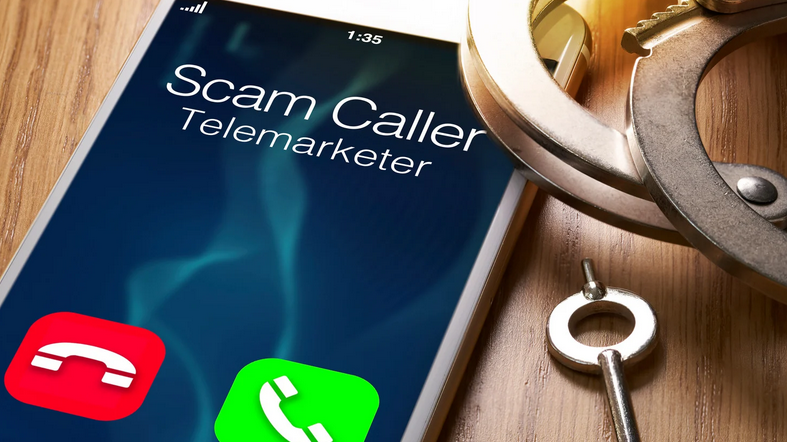Government Cracks Down on SMS Scam Entities
As part of the Sanchar Saathi program, the Department of Telecom (DoT) and the Ministry of Home Affairs (MHA) have recently taken strong steps to stop SMS fraud. Over 10,000 fake texts sent in the last three months have been found, which is why this is being done. Because of the Indian Cyber Crime Coordination Centre’s (I4C) warning about the misuse of eight specific SMS headers, those headers were put on a ban.
Understanding Principal Entities and SMS Headers
‘Principal entities’ in the context of telecommunications are companies or legal entities that send commercial SMS messages to telecom subscribers. Something called a “SMS header” is a string of letters and numbers that these groups use to send their messages. The DoT found that these headers were being used for illegal activities online, which is why the related organizations and headers were put on a blacklist.
Extent of the Crackdown
The DoT not only put the eight main entities on a blacklist, but they also stopped people from using all 73 SMS headers and 1,522 content templates that these entities owned. This was a big step forward for the effort. Because of this, these headers and templates can’t be used in any more messages, stopping them from being used for more fraud.
Implications and Consumer Protection Measures
As part of the DoT’s larger plan to protect people from online threats, this crackdown is happening. The DoT wants people to use the Chakshu feature on Sanchar Saathi to report any strange or fraudulent messages. These kinds of preventative steps help the DoT stop people from abusing telecom resources. Also, it’s important to remember that cell phone numbers shouldn’t be used for calling. Any abuse could cause the connection to be cut off after the first report, and the person’s information could be put on a blacklist for two years.
Month: Current Affairs - May, 2024
Category: Government Schemes Current Affairs • Science & Technology Current Affairs








